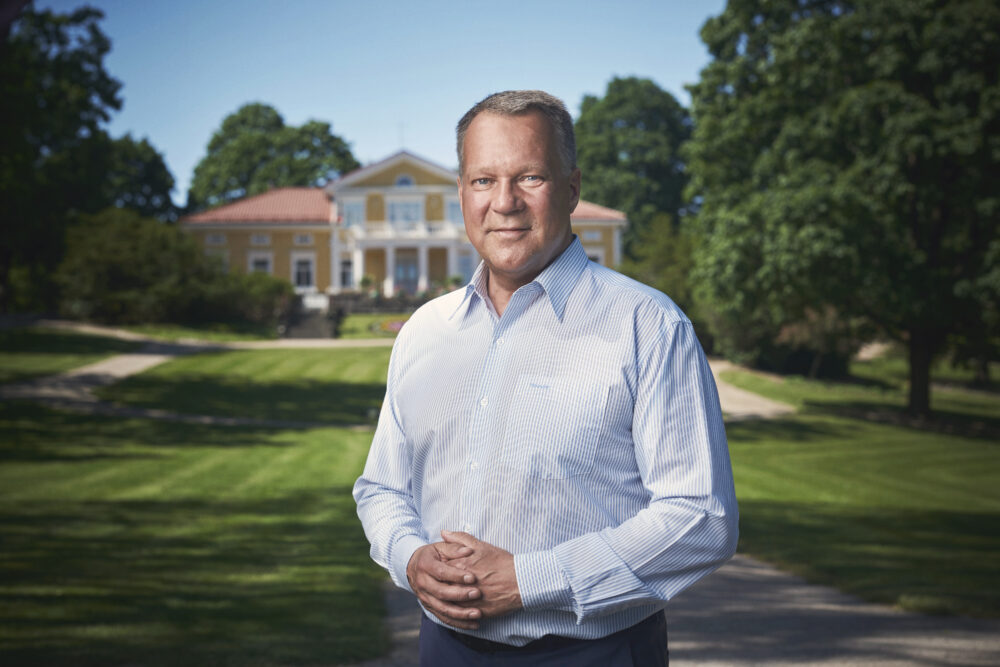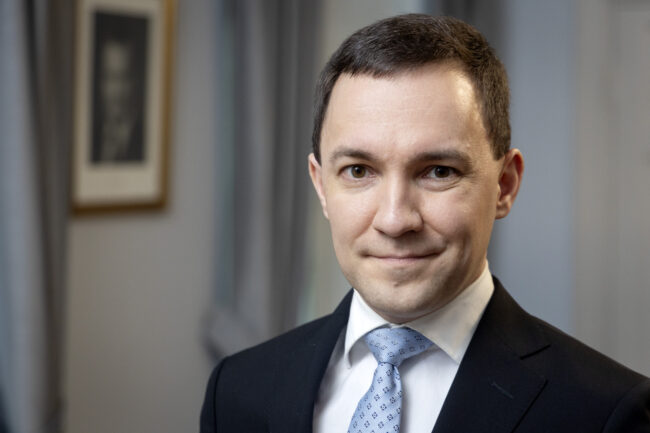Quantum research has been conducted in Finland over half a century. An unique ecosystem of basic research, applied research, and industry has formed around this expertise. It is important to us that Finland succeeds and establishes a profile in the field, which is crucial for the EU’s strategic competitiveness. So what needs to happen in Espoo, at the national level, and in the EU? This is pondered by Jukka Mäkelä, the mayor of Espoo, in his blog.
Quantum technology is part of Finland’s rapidly growing semiconductor industry. The development of quantum technology is expected to bring unprecedented leaps in computing power and computer simulation. Many entities, including the EU, have classified quantum technology as a critical technology.
Quantum research has been conducted in Finland over half a century. An unique ecosystem of basic research, applied research, and industry has formed around this expertise. It is important to us that Finland succeeds and establishes a profile in this field, which is crucial for the EU’s strategic competitiveness. So what needs to happen in Espoo, at the national level, and in the EU?
Espoo is an innovation city, ranking 6th in Europe for patent applications and accounting for over 60 per cent of Finland’s patent applications. World-changing innovations are being developed in Espoo, such as biofuels, 6G networks, quantum computers, and textile fibers from recycled materials. Espoo is one of Europe’s leading deep technology hubs, with Aalto University and the VTT Technical Research Centre of Finland at its core.
A recent example of future business clusters developing in Otaniemi Espoo is Kvanttinova, which has massive growth potential. Kvanttinova is an industry-led pilot and development center for microelectronics and quantum technology, a joint project of VTT, the City of Espoo, Aalto University, and company members of the Technology Industries of Finland’s semiconductor branch. Kvanttinova aims to be one of Europe’s largest semiconductor centers, addressing Europe’s chip shortage and building the EU’s strategic autonomy in semiconductors.
Kvanttinova is being constructed near Micronova, the largest cleanroom in the Nordics used for research and development. Finnish quantum computers are also located in Micronova. The project has commitments from about twenty companies. The semiconductor industry has enormous growth prospects – globally growing at an annual rate of 7 per cent, with the industry’s turnover in Finland expected to more than triple by 2035 to 5-6 billion euros.
The Helsinki-Uusimaa region ranks second in the EU’s regional innovation capability comparison, following Copenhagen (Regional Innovation Scoreboard 2023). Uusimaa accounts for 40 per cent of Finland’s GDP, 50 per cent of the country’s R&D investments, and 55 pe rcent of foreign investments from 2016–2023. Uusimaa aims to have research and development expenditures reach five per cent of the region’s GDP by 2030. This requires doubling EU funding. Sufficient national matching funds must be ensured, and a new EU project preparation support model must be created to increase EU funding across all sectors and financing instruments. The success of Finnish participants in the Horizon Europe program must continue to be supported. It is crucial that the state supports Finland’s competitiveness by investing in critical sectors where Finland has high expertise.
Profiling Helsinki metropolitan area as a hub of new innovations at the EU level helps secure funding.
The state is funding the acquisition of shared equipment for Kvanttinova with 79 million euros. National funding acts as matching funds for EU funding targeted through the EU Chips Act. The goal of the Chips Act, approved last summer, is to reduce the EU’s vulnerability and dependence on foreign entities. Profiling Finland and the Helsinki metropolitan area as a hub of new innovations at the EU level helps secure funding. Co-operation and networking with leading European players in the field are significant for Kvanttinova.
Finland needs more high-productivity companies and jobs.
Key to this is high-competence and competition-based R&D funding. The EU’s competitiveness should be strengthened by emphasizing competitive criteria for project funding. The EU’s long-term strategic competitiveness is based on developing the union’s strengths and market-driven solutions. Additionally, it is essential to attract talent and support the growth of skills, education opportunities, and research related to environmental and energy solutions, as well as digitalization.
The EU and Finland must also succeed in the global competition for talent. Espoo is home to residents from 155 nationalities, and its growth and success are built on high expertise. We ensure that international experts’ families and spouses find work and networks that match their skills.
Critical technologies, such as quantum technology, play an essential role in the EU’s success, strategic self-sufficiency, and competitiveness. Finland must be a key player in Team EU as we build a European Union where R&D expertise is high. Finland needs more high-productivity companies and jobs. A small country’s trump card is natural co-operation among various actors, as we build our profile in Europe and globally in the spirit of Team Finland. This is our moment to shine.
This article was translated by AI and revised by a person. The original Finnish Article can be read here



